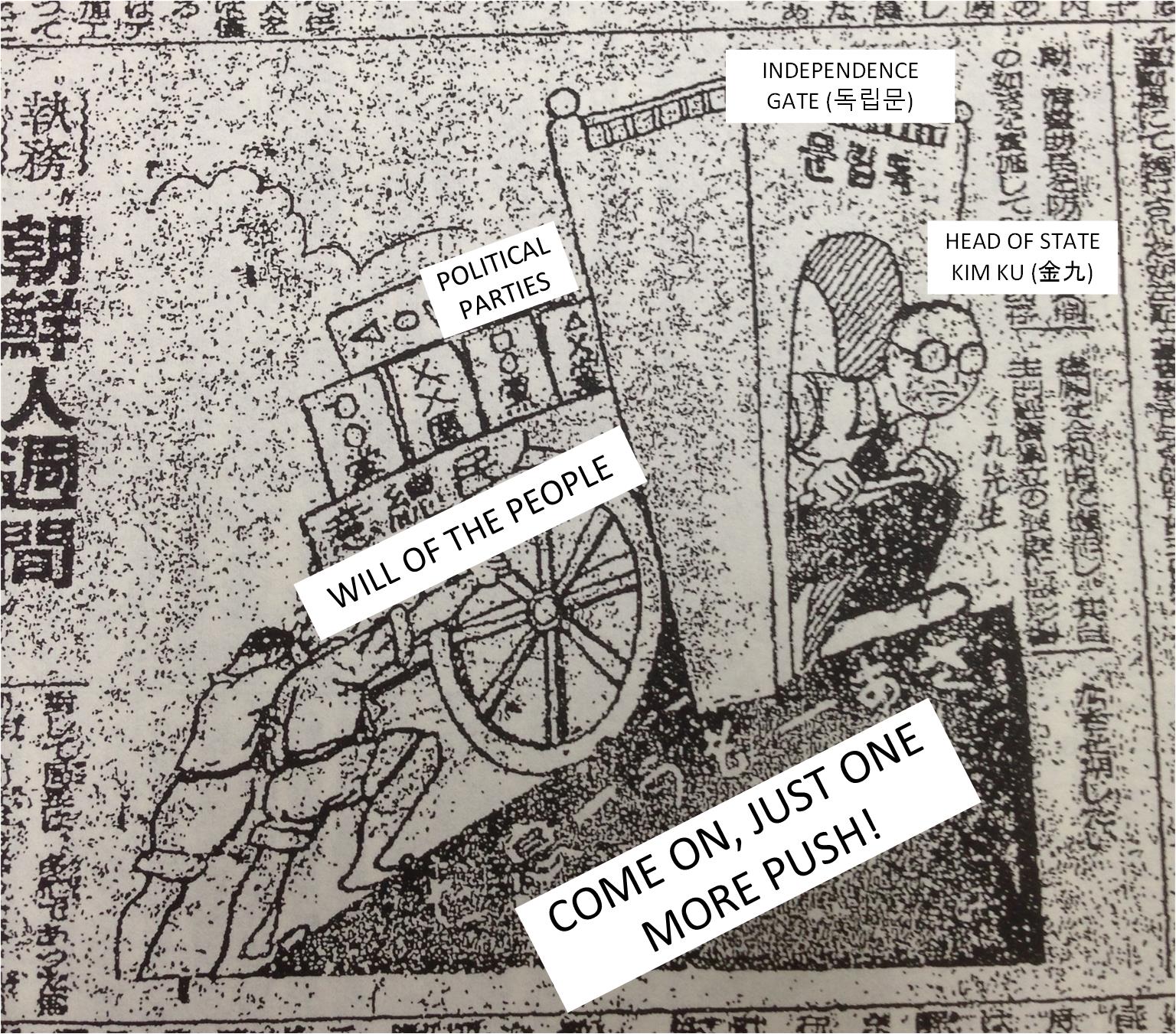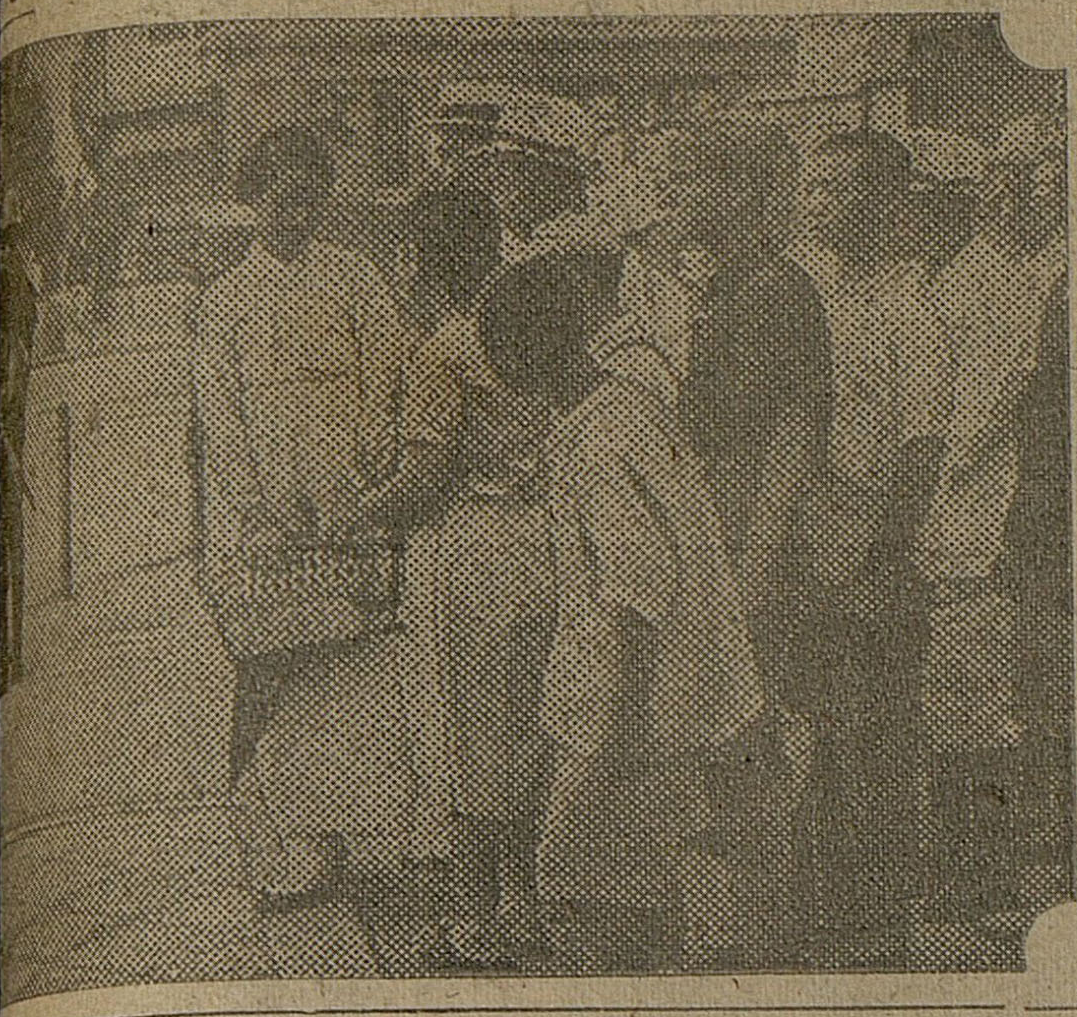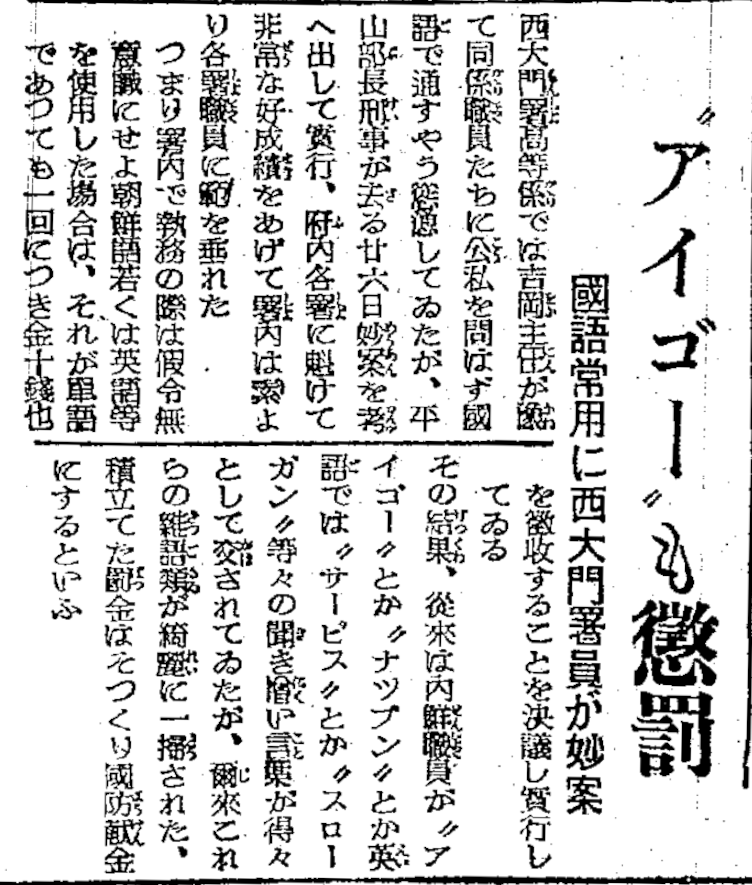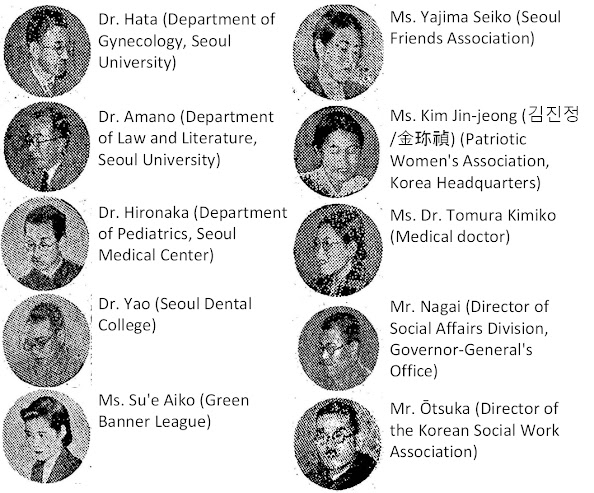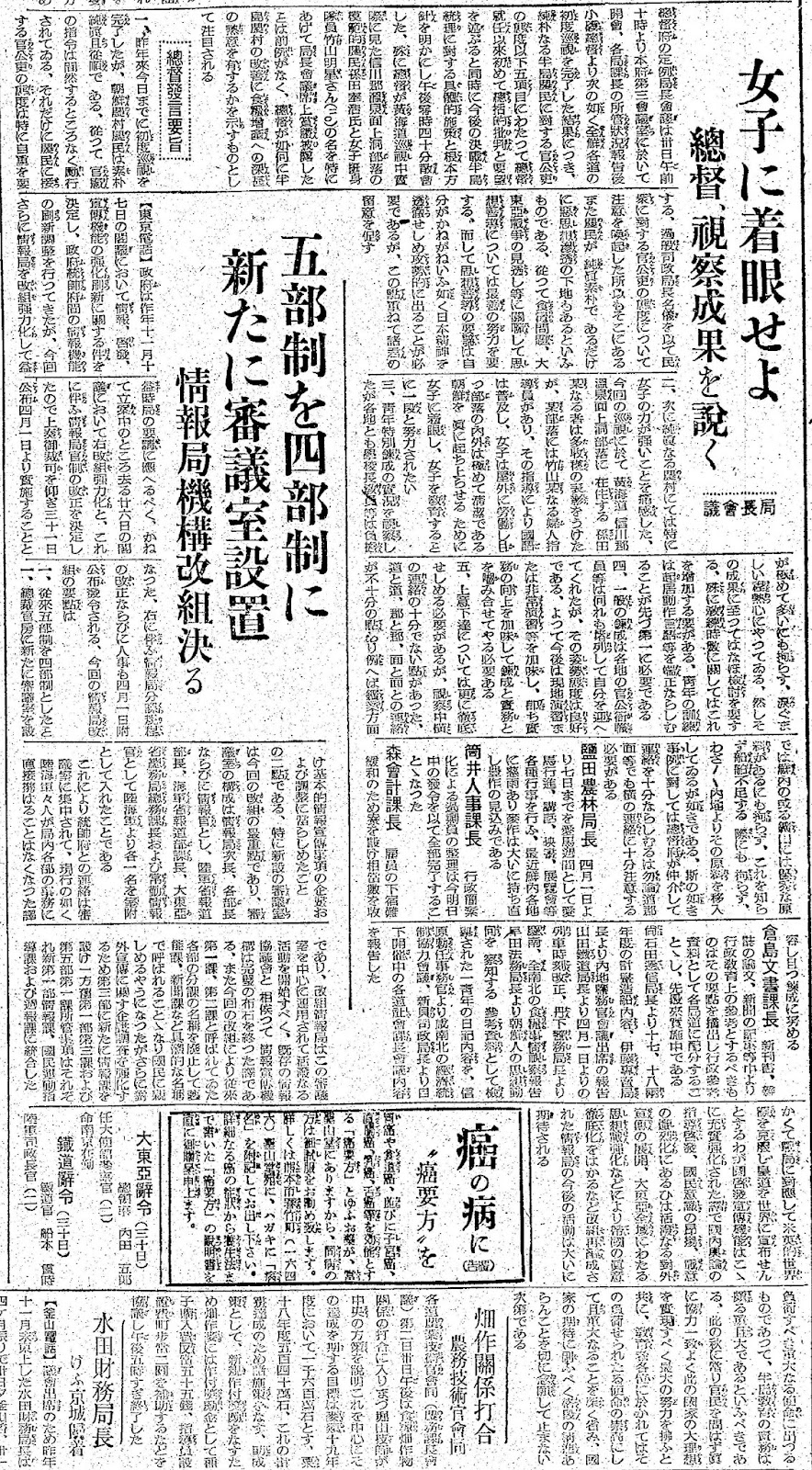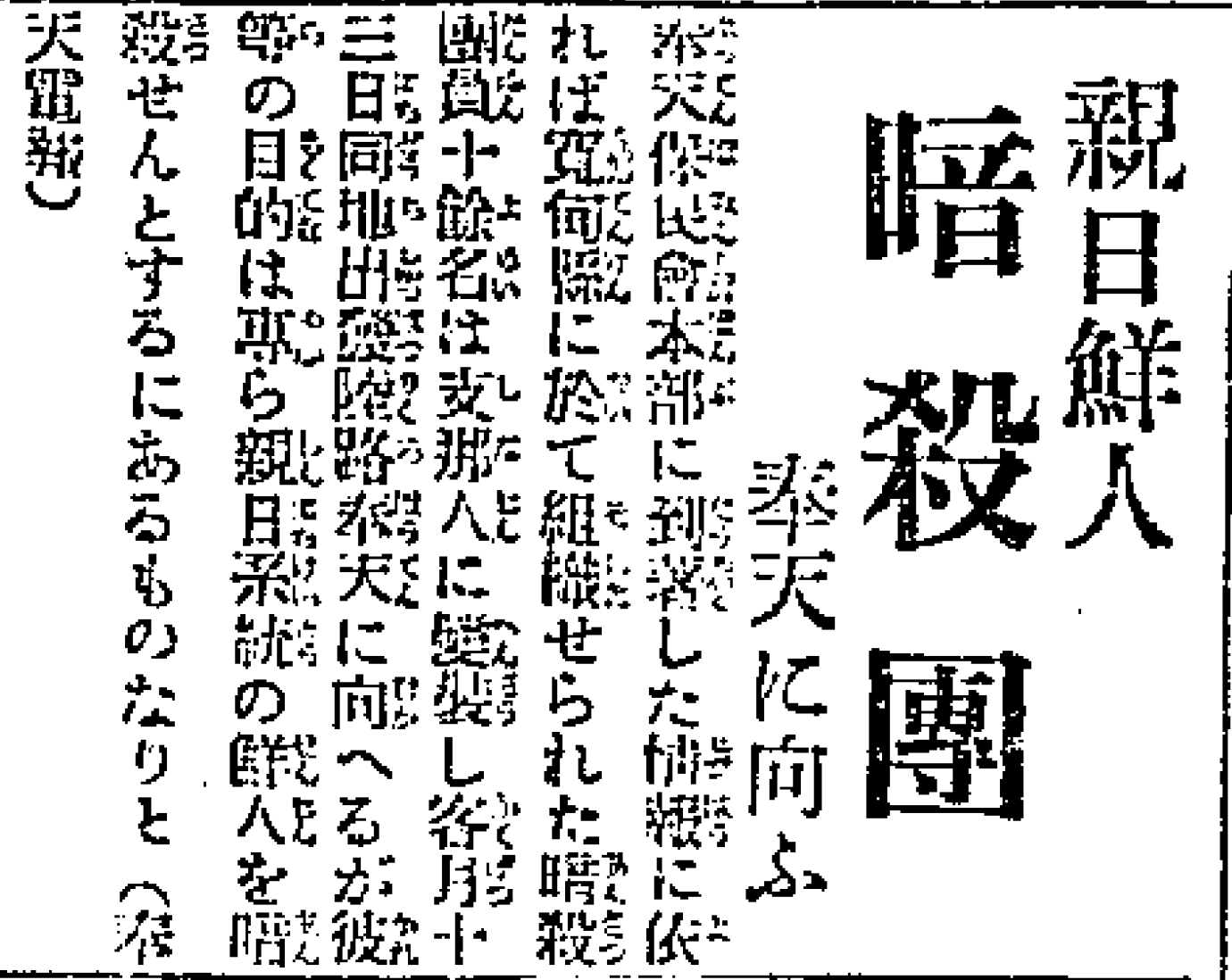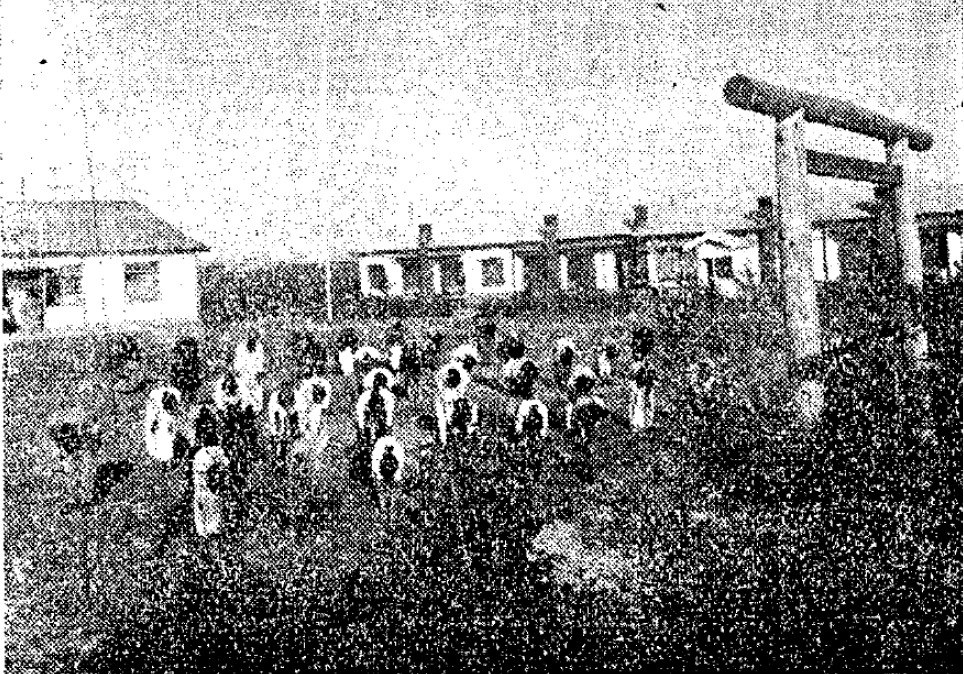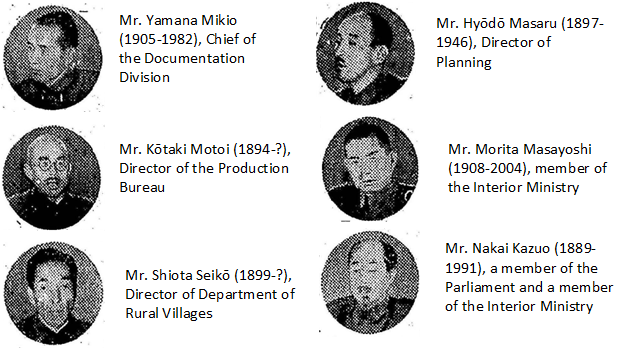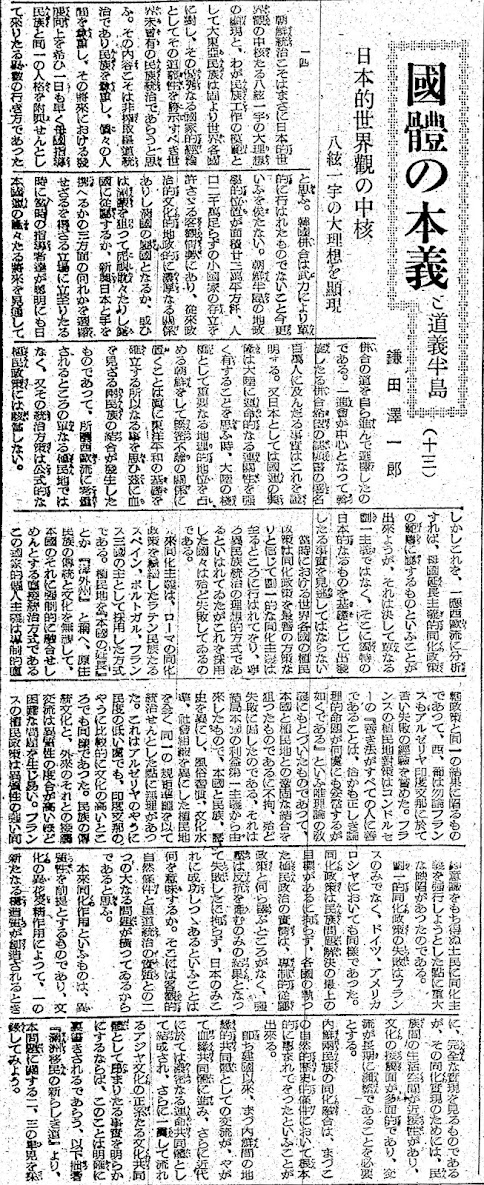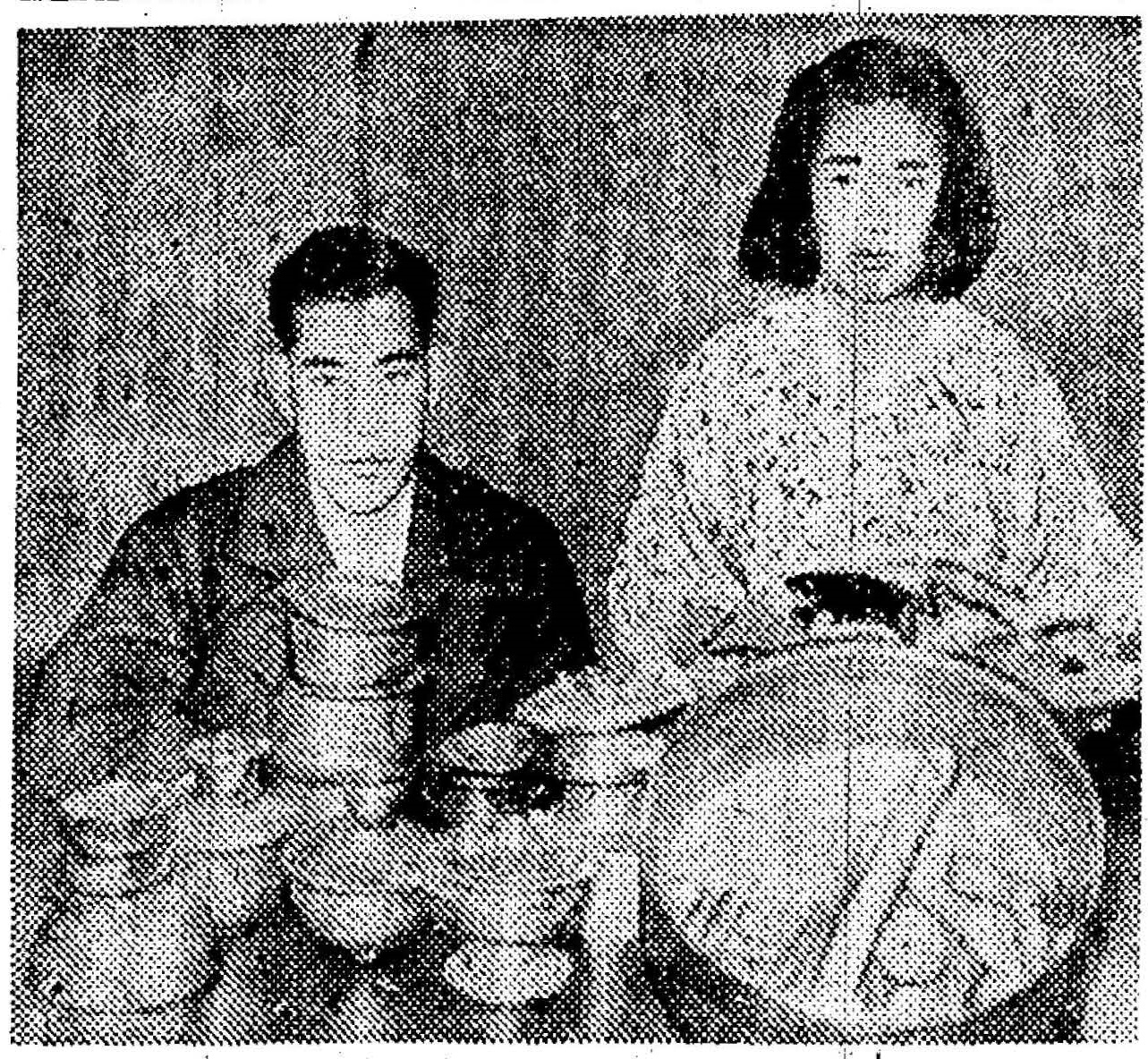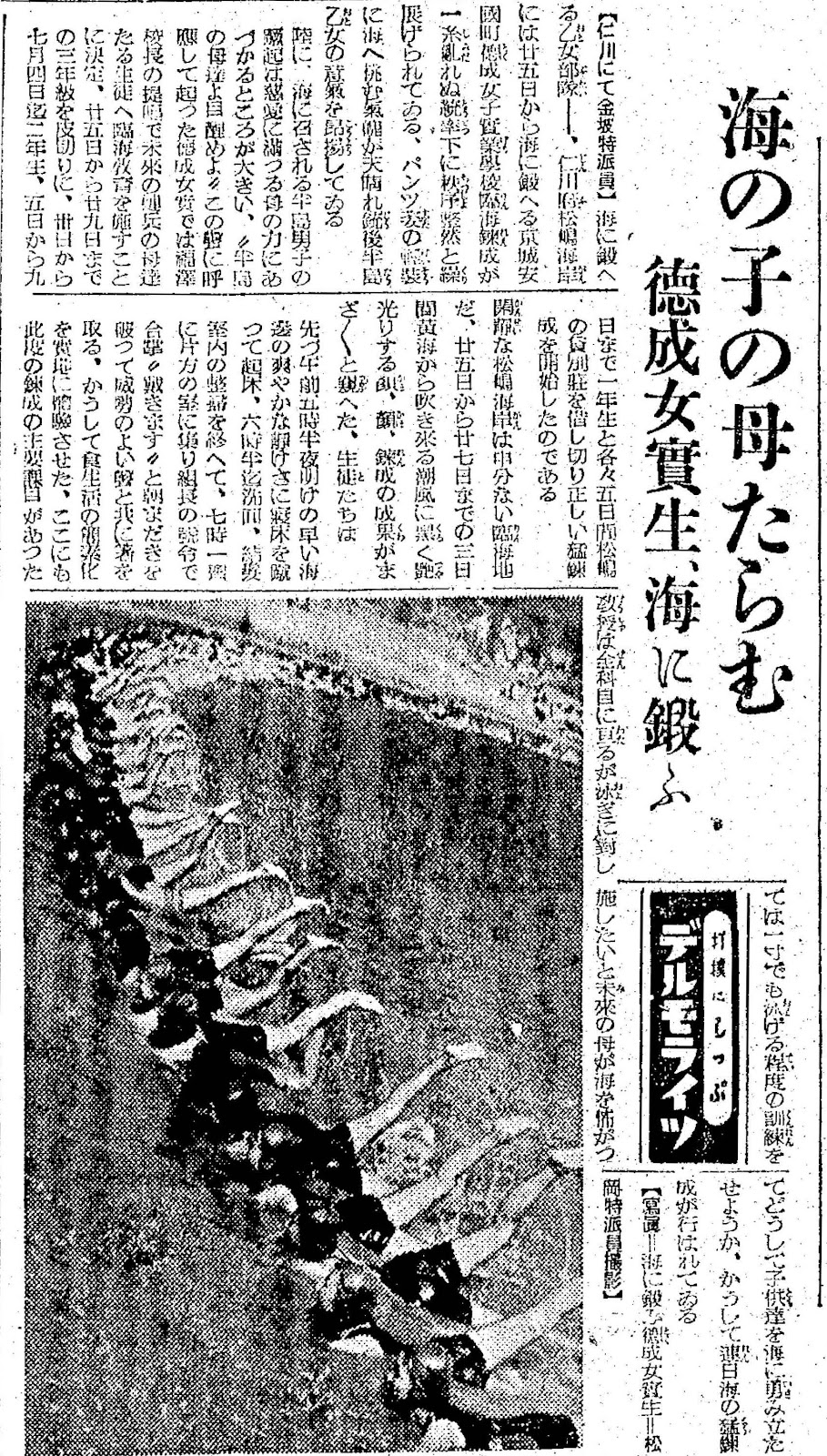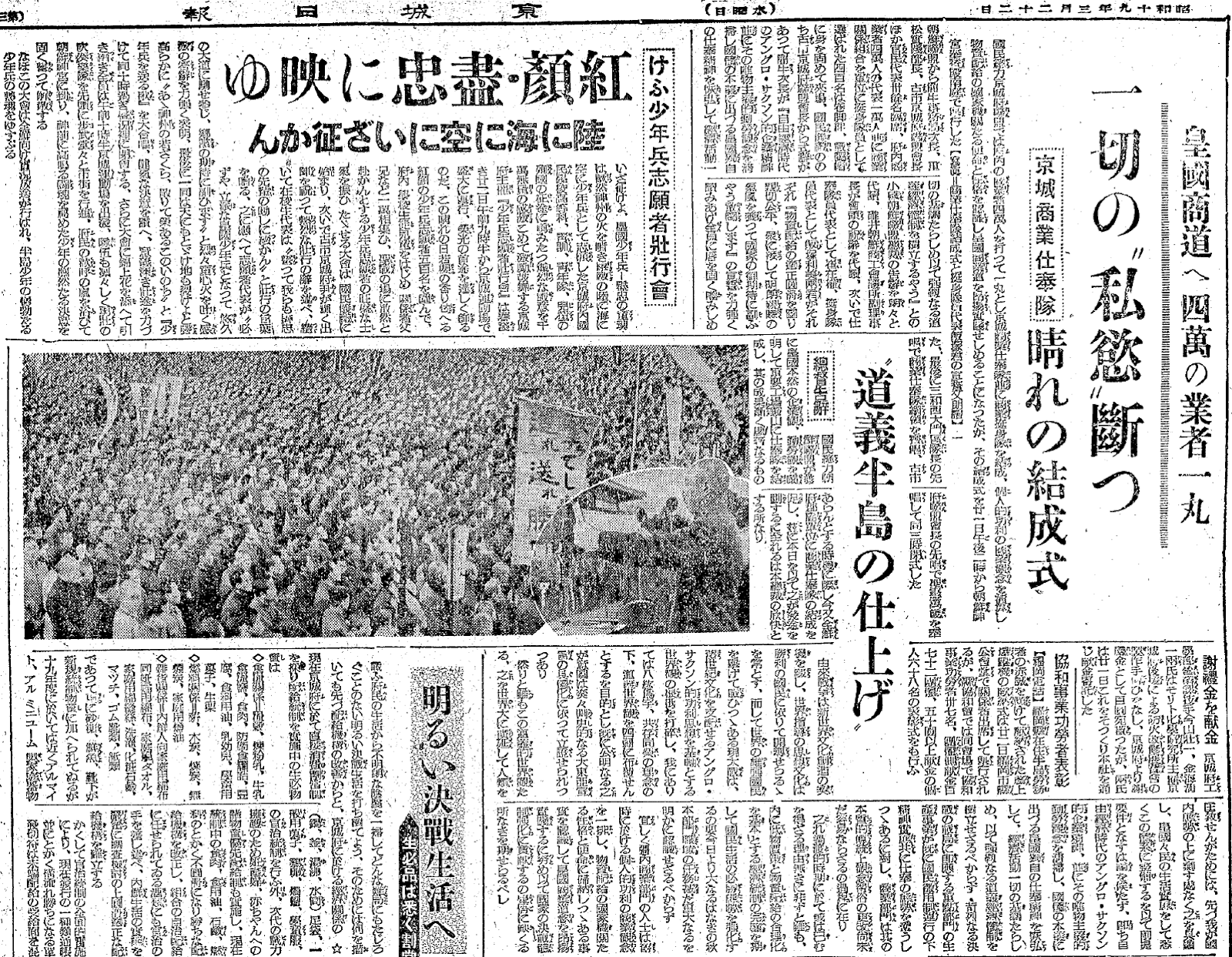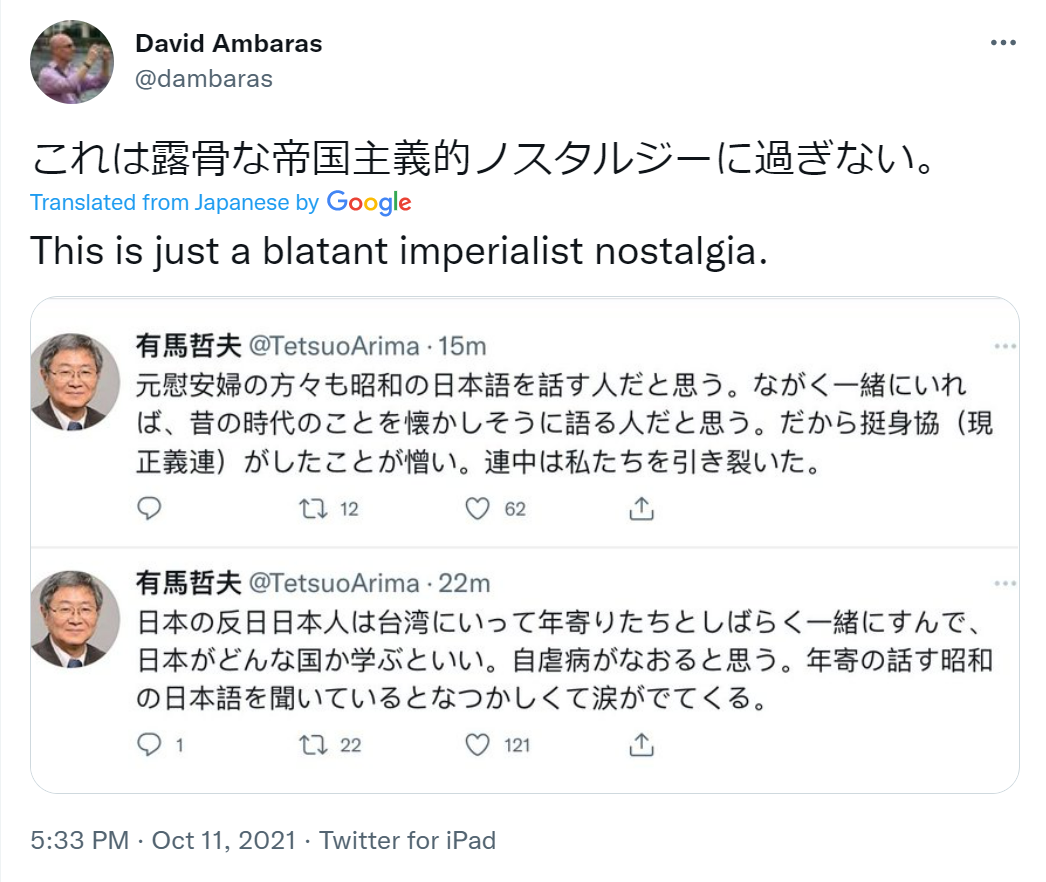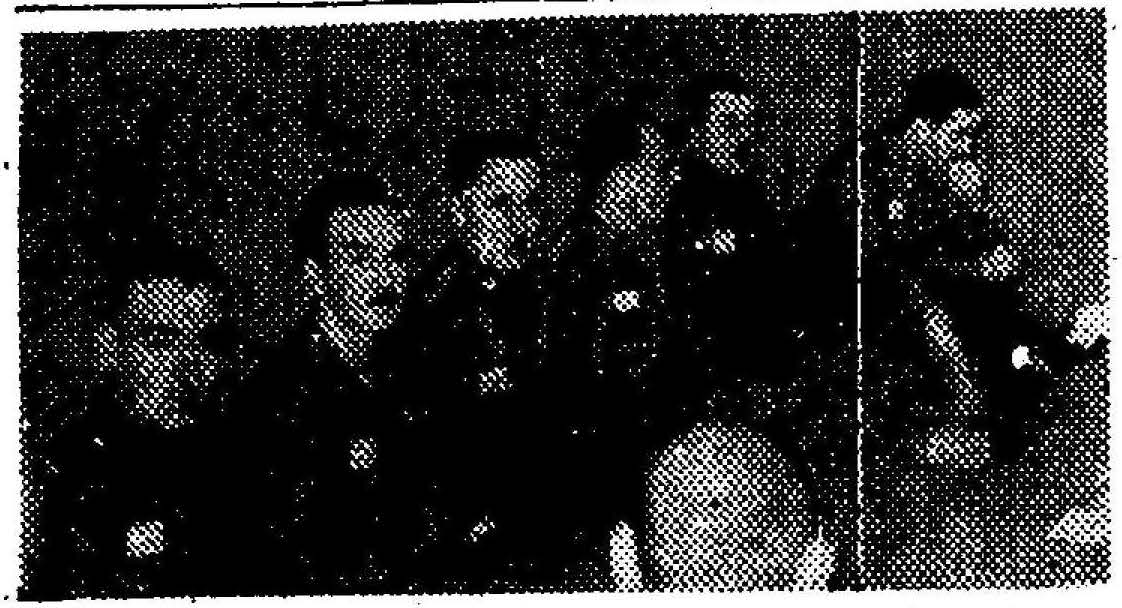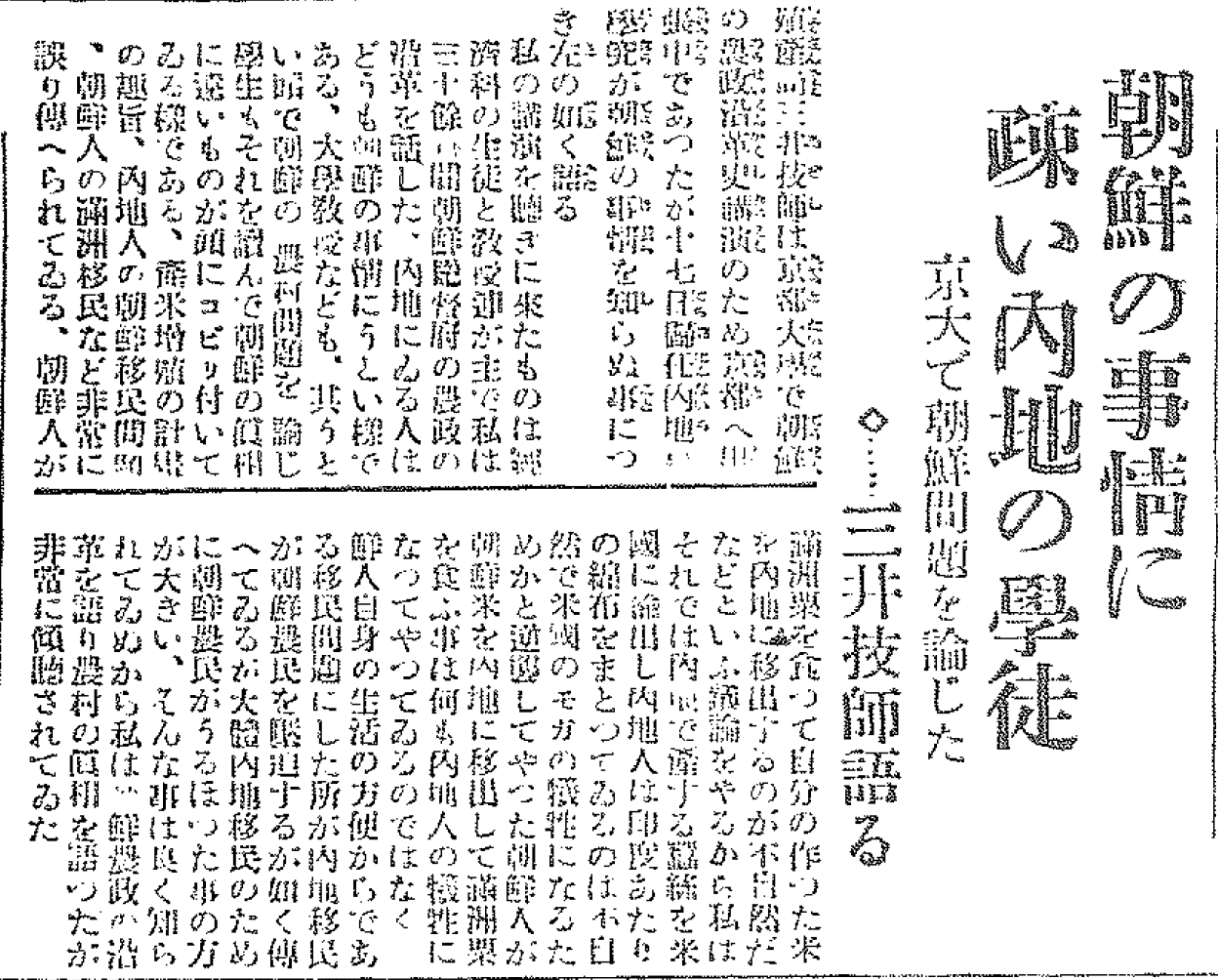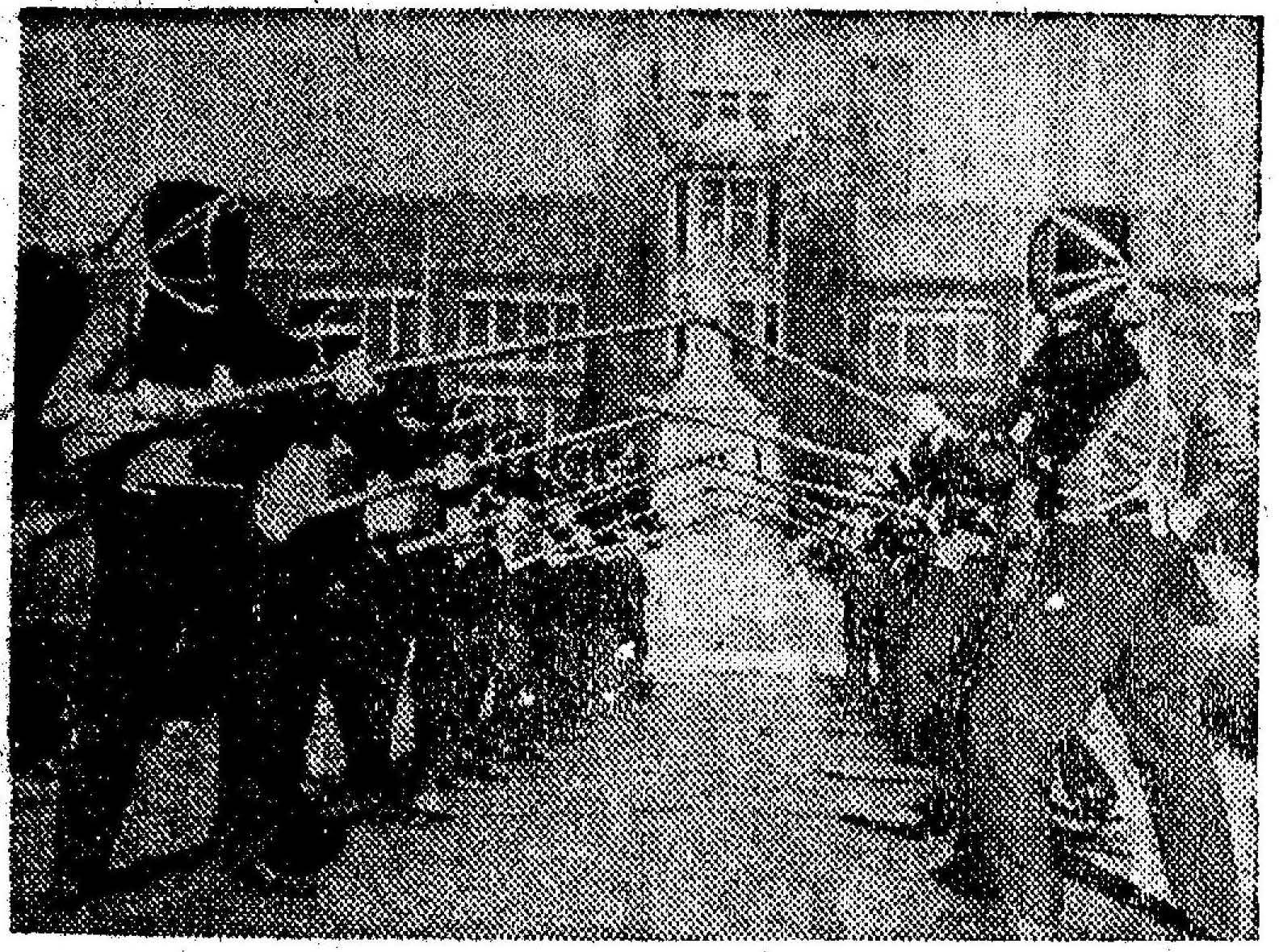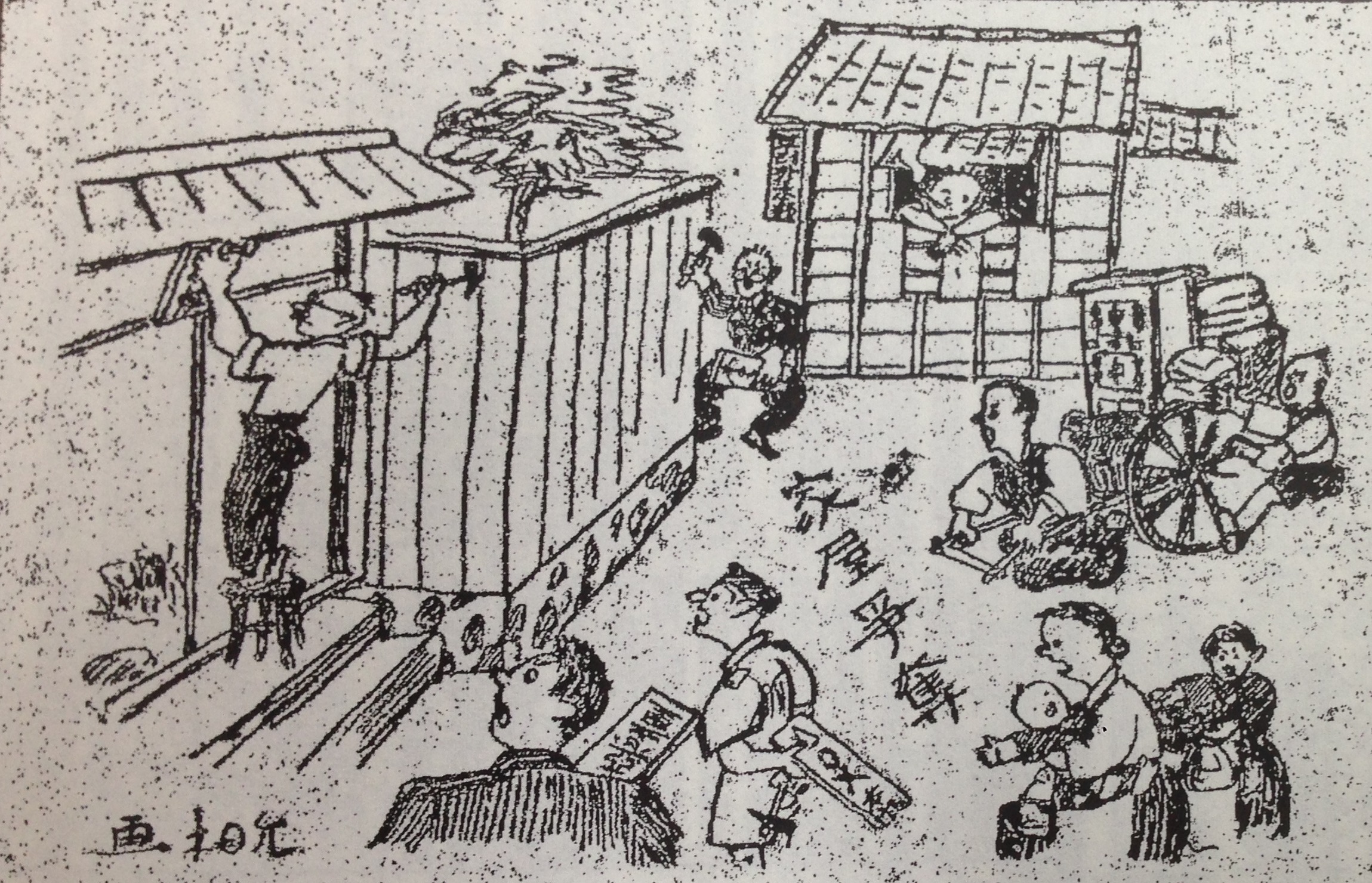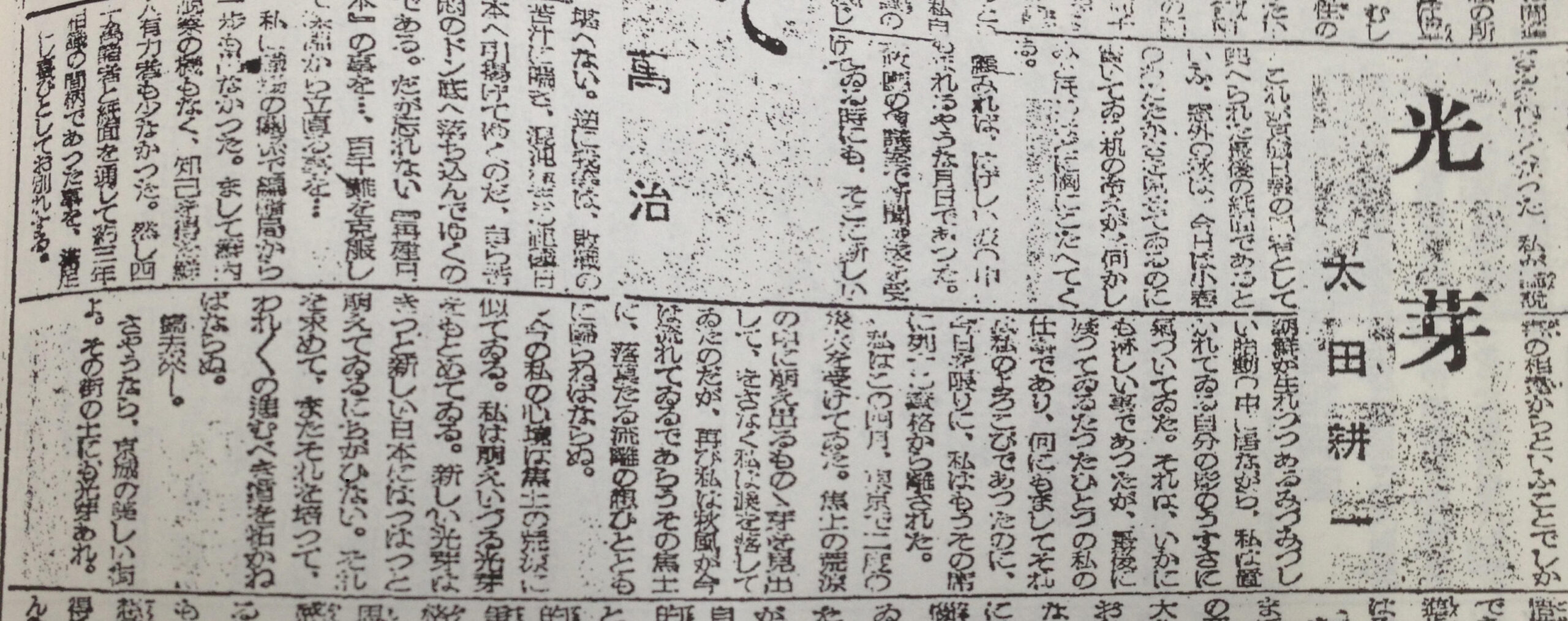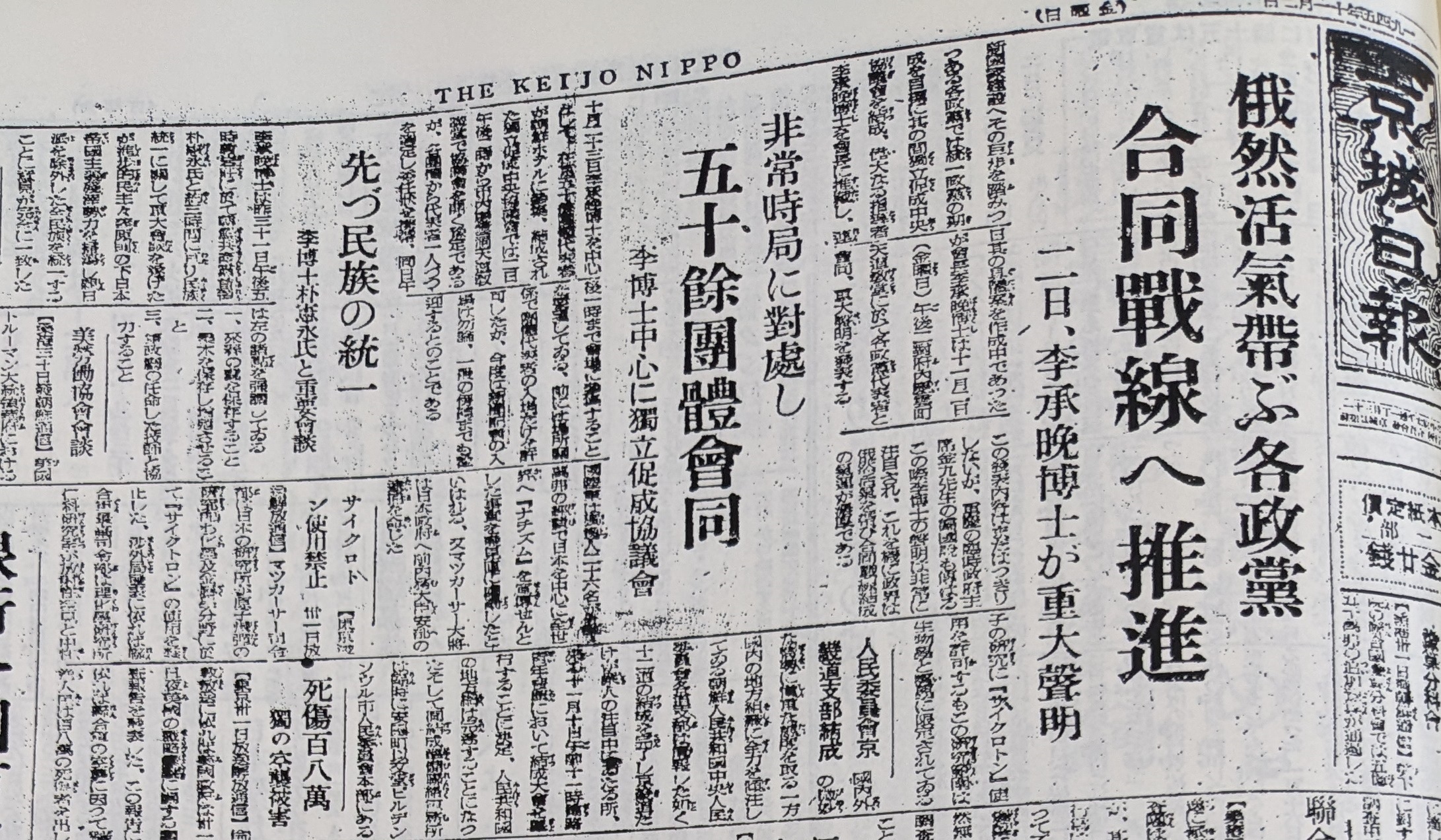
Kim Ku leads the way towards Korean independence with support of the Korean people (news editorial cartoon in liberated Keijo Nippo, Dec. 2, 1945)
2023-12-23
478
397
This is an intriguing editorial cartoon from December 2, 1945, originating from Keijo Nippo, which I found at the National Library of Korea during my trip to Seoul in September 2023. Keijo Nippo (Gyeongseong Ilbo) served as the propaganda organ of the Imperial Japanese colonial regime, which exerted its rule over Korea from 1905 until its liberation in August 1945. However, a significant transformation occurred around November 1st, 1945, when Korean nationalists commandeered Keijo Nippo following liberation.
Under its new, liberated incarnation and adopting a Korean nationalist editorial stance, Keijo Nippo continued its publication in Japanese until December 11th, 1945. As the Korean employees of Keijo Nippo explained in their message to the readers, this was a temporary measure, undertaken while Korean typefaces were being prepared for future use.
The cartoon, a vivid depiction of the times, portrays Kim Ku (labeled as 九先生), the Head of State of the Provisional Government of the Republic of Korea, known for his signature glasses. In the illustration, Kim Ku is seen pulling a cart through Independence Gate. The cart, a metaphor for the nation’s journey, is laden with boxes labeled “XX Party” and other similar markings, all resting on a base inscribed with “Will of the People (人民総意)”. Assisting in this endeavor are two men, pushing the cart from behind. The ground beneath them bears the encouraging words, “Come on, just one more push!(さあーもう一息だ)”.
This illustration is not merely a cartoon; it is a reflection of the aspirations and spirit of the Korean nationalists during that era. They placed their hopes in Kim Ku‘s leadership, viewing him as a pivotal figure in guiding Korea towards true independence. The cartoon also subtly conveys that the path to independence would be strenuous, requiring not just leadership but also the unwavering support and hard work of the Korean people.
Moreover, this editorial cartoon serves as a vital indication of the political allegiance of the Korean employees at Keijo Nippo. Their bold action of overthrowing their Japanese bosses to seize control of the newspaper marks a significant moment in Korean history, representing a shift in power and a reclaiming of their voice.
This piece of history encapsulates the struggle, resilience, and aspirations of a nation on the brink of a new beginning. It is an important reminder of the journey that Korea embarked upon towards its own destiny, driven by the will of its people and the leadership of figures like Kim Ku.
